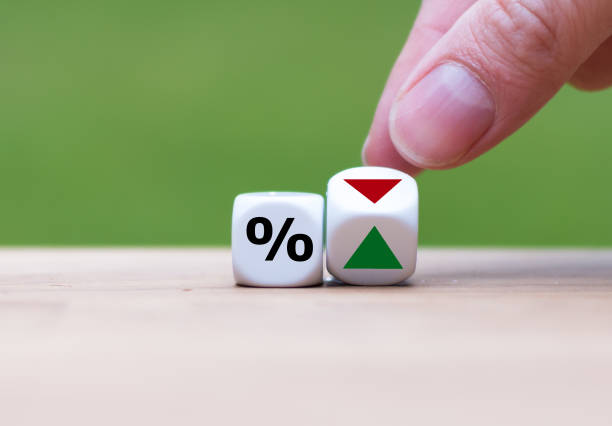Markets
Core bonds fell on each and every day last week, including on Friday. Weekly gains for US yields varied between 17.6 bps (30-y) to 27.9 bps (5-y). German rates added between 14.7 and 19.1 bps in a curve move similar to the US. Real yields accounted for the bulk of the move. Note however how Friday’s moves were relatively limited in size compared to other days, suggesting some exhaustion ahead of important events taking place this week. These include a whole range of central bank meetings with the Fed being the headliner. Last week’s rates rally brought the first resistance areas – in particular the February year-to-date highs – nearby. This put a dampener on the surge as well. The combination of real yields rising with stock markets close to record highs triggered some profit-taking. Wall Street on Friday shed about 1% (Nasdaq). European equities ended choppy trading slightly lower. Thursday’s dollar surge against the euro didn’t roll-over into Friday but it was a close call. EUR/USD traded close to but below 1.09. The trade-weighted dollar index did eke out a small gain thanks to JPY weakness. Friday morning’s wage negotiation results paved the way for a BoJ hike out of negative territory (perhaps as soon as tomorrow) but that failed to inspire the Japanese currency. USD/JPY jumped from 148.33 to 149.04. Oil prices steadied north of $85/b. A hefty jump in copper last week pushed its price to the highest since April last year in a potential sign markets are moving beyond peak pessimism on Chinese and, more generally, global growth. Investment and factory data in the former this morning in any case came in to the topside of expectations but slowing retail sales and the ongoing malaise in the property sector still warrant caution.
This week is jampacked with central bank meetings. Japan and Australia kick off tomorrow. Wednesday’s Fed meeting is the one most closely looked at: how is stubborn inflation and ongoing eco resilience going to affect the central bank’s forecasts? And the rates dot plot? And the estimated neutral rate? The Czech Republic joins the US on Wednesday while Frankfurt holds its 24th ECB and Its Watchers conference. High-profile speakers include president Lagarde, chief economist Lane and board member Schnabel. The three central debates revolve around the inflation surge and whether it is over, monetary policy transmission and the implications of geopolitics & structural change. Thursday gives the stage to the Bank of England, Norges Bank and the Swiss National Bank. We’re treated on the March PMIs the same day to top it off. Ahead of this much event risk, it would make sense for markets to stick to the sidelines today. We expect technically insignificant trading, both on core bond markets as on currency markets.
News & Views
Rating agency Moody’s raised the outlook on the Spanish Baa1 rating from stable to positive, underpinned by a more balance growth model. Low private sector leverage, a robust banking sector, a current account surplus and a strengthened labour market are the outcome of strong governance and increased policy effectiveness to tackle those previous imbalances. Moody’s believes that exports and domestic demand to become economic drivers with the scope for further growth of the tourism sector being more limited. Real GDP growth forecasts for this year and next are 1.7% and 1.8%, both above potential growth (estimated at 1.5%-1.6%). The Baa1 rating remains one of the weaker investment grade levels (and below Fitch’s A- and S&P’s A; both stable outlook) because of Spain’s high debt burden which – coupled with weakening debt affordability and structural challenges related to population ageing – remains a constraint on fiscal strength. Moody’s expect the budget deficit to be around 3% of GDP in the next three years with the debt ratio expected to moderate from 107.7% of GDP in 2023 to 105% in 2026.
UK Rightmove house prices rose by 1.5% M/M in March, the fastest pace since May 2023. Prices are up 0.8% from a year ago, extending evidence that the housing market is strengthening again. Asking prices remained almost £5000 below their peak levels last and it still took an average of 71 days for properties to find a buyer (longest for the time of the year since 2019). Buyer demand and sales are respectively 8% and 13% higher than a year ago.









